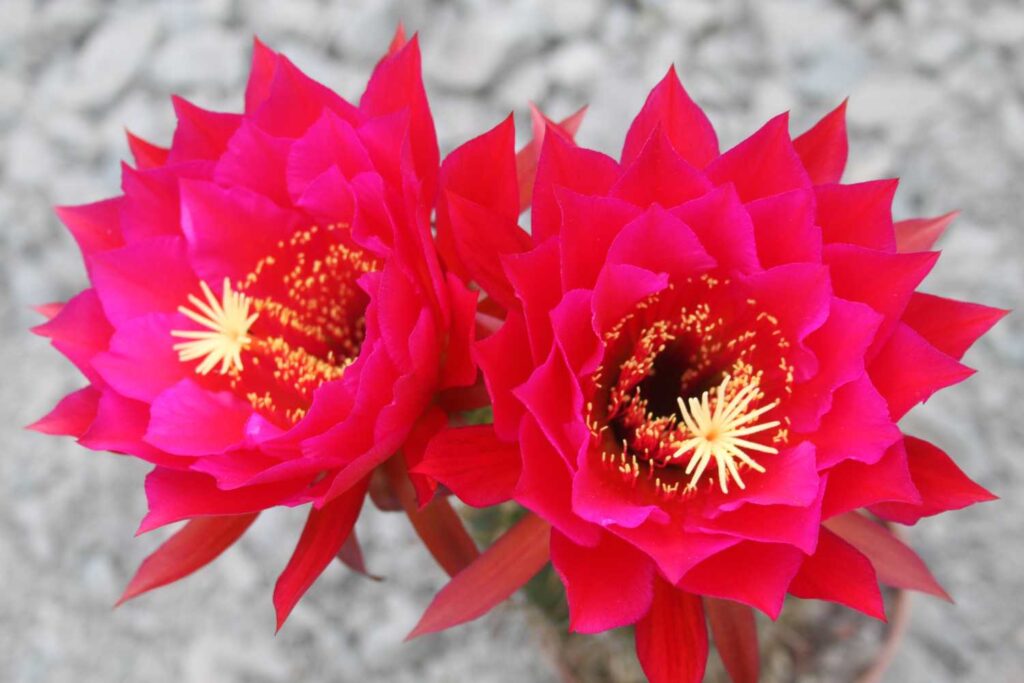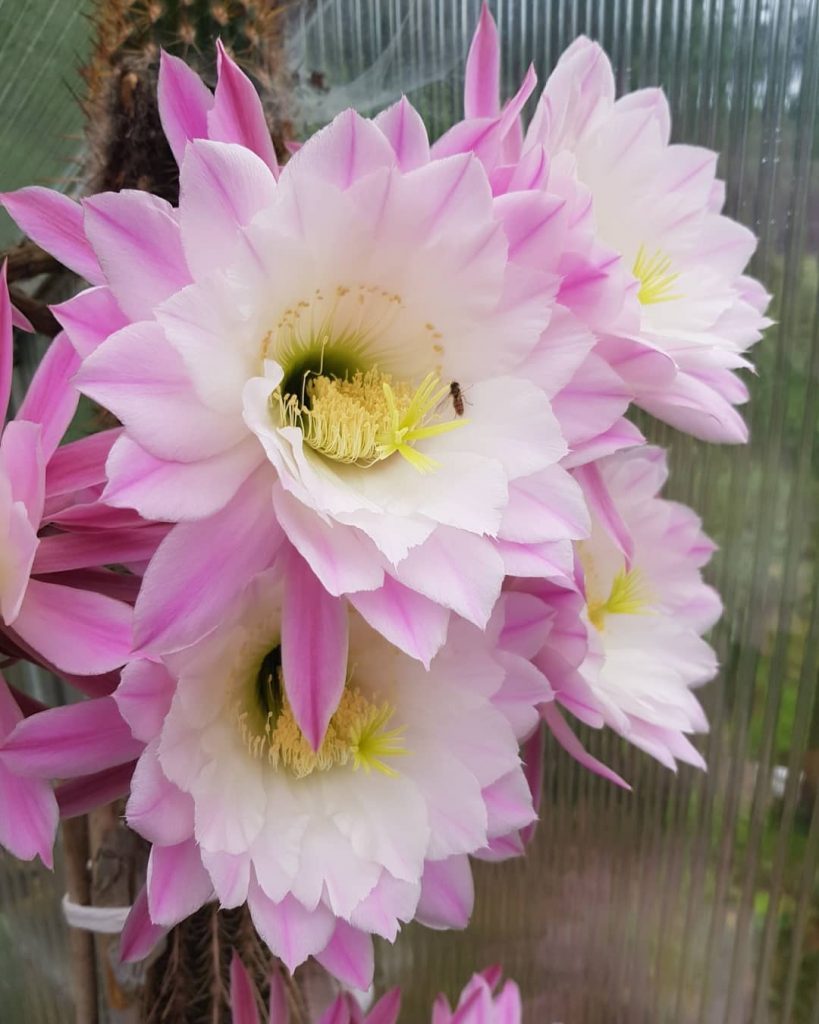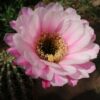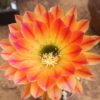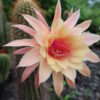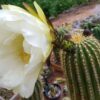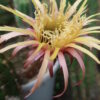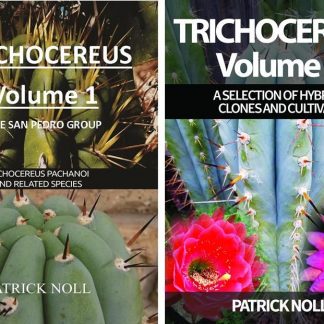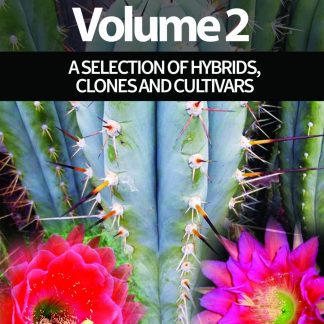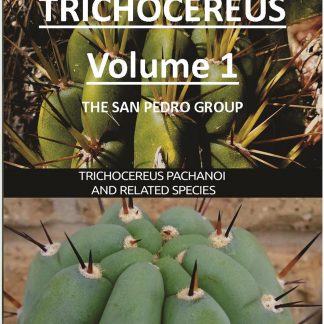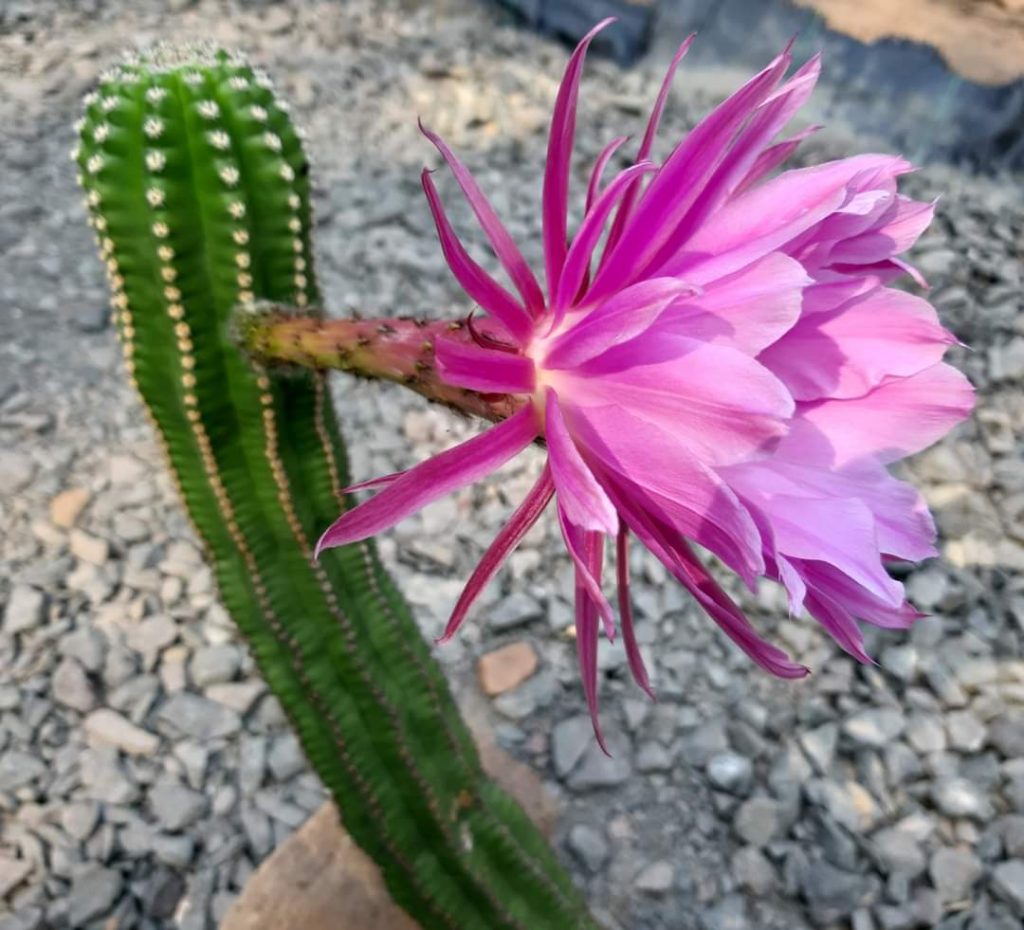
I am trying to post a cactus of the day in the future, and this one here is the Robert Gräser hybrid THELEFLORA. It´s an older hybrid and already counts as a real classic. The parents are Echinopsis thelegona / Trichocereus thelegonus x Echinopsis eyriesii v.grandiflora (not to be confused with Trichocereus grandiflorus). The body…

